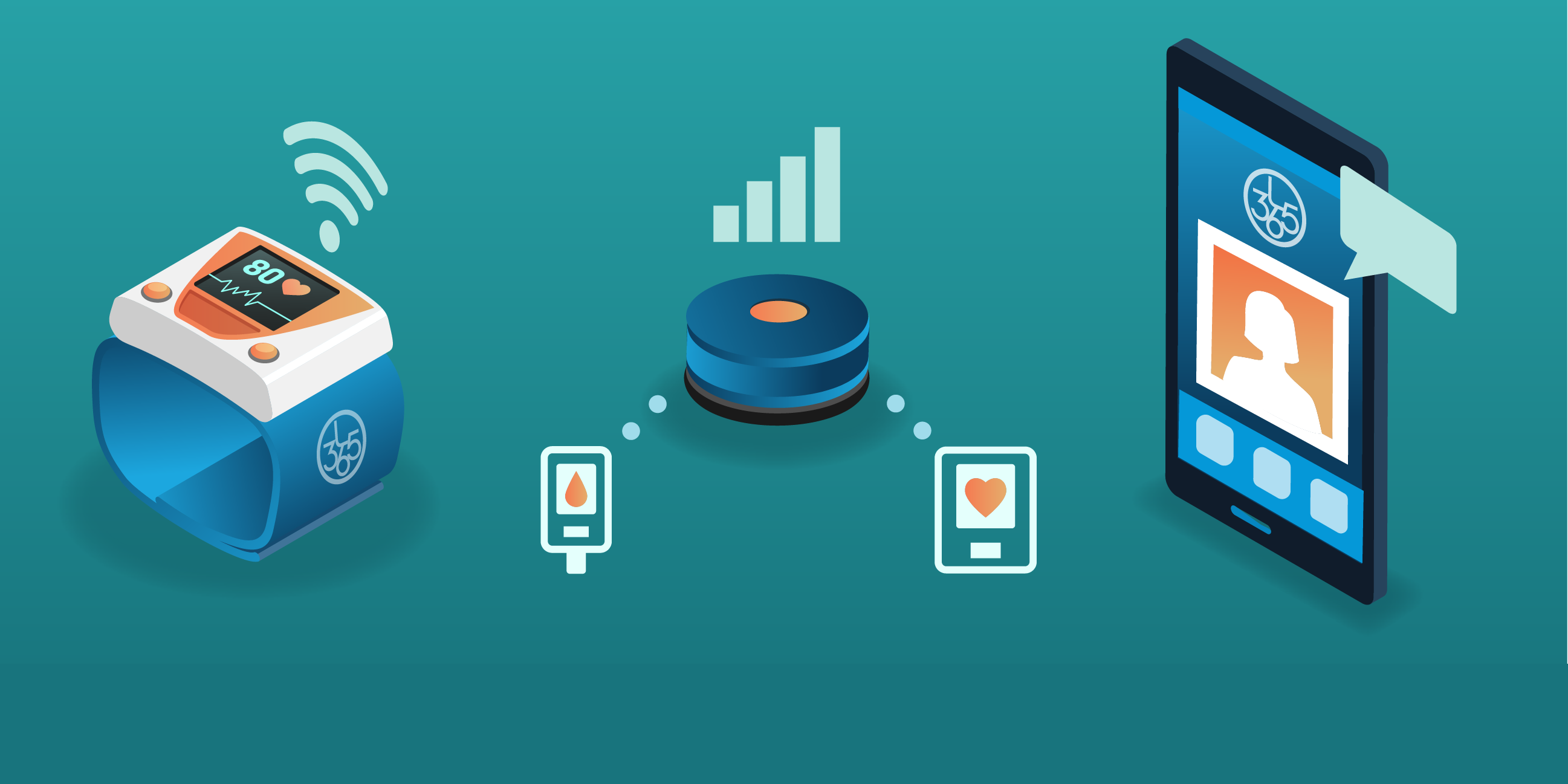On The Tech Glow Up Podcast Live from HLTH 2025, host Nathan C. Bower talks with Life365 CEO Kent Dicks about connecting patients to clinicians remotely and using AI to power virtual care.
Remote Patient Monitoring has shown to be beneficial for patients, providers, and those financially responsible for patient care. Organizations leverage RPM to improve patient care, increase access to care, reduce costs, or increase revenue.
Members of the Life365 team have been developing RPM solutions since 2006, and have had the opportunity to implement RPM programs for a range of healthcare organizations, and for various types of monitoring programs.
We are sharing 10 tips for launching a successful RPM program based on past experience and lessons learned along the way.
- Form your team.
Identify key stakeholders that will be involved in the process and designate a champion to manage the project. You’ll want to engage the right people that will be involved in the various roles of establishing the program. - Establish program parameters.
What are the goals of the program? What is the length of the program? What are the deliverables of the program? Does a coaching curriculum need to be established for the program? For example, 90 day readmission reduction program. Patient measurement readings will be monitored and patient contacted for potential intervention if clinical deterioration is detected. Patient will receive an initial training phone call once they are home, again 7 days later, and a minimum of one monthly phone call thereafter for education, needs assessment, and care coordination services. Patients graduate from the program at the end of 90 days. - Establish patient selection criteria.
Develop inclusion criteria, or exclusion criteria, if appropriate. For example, diagnosis of CHF or COPD, 19+ years, and has been admitted to hospital twice or more in the past year. Patient has the cognitive ability to manage health kit and take readings with devices, and agrees to participate in the program. - Develop a process for patient identification.
Develop an EHR process for identifying potential participants. For example, determine which diagnosis codes to include in a patient report list. - Develop a referral process.
How will potential participants be referred to the program? Who are the referral sources? PCP, discharge planner? - Develop enrollment procedure.
After referral is received, how is the patient enrolled into the program? For example, will the patient need to be added to a software system, will devices or health kits need to be ordered and shipped to the patient, will devices be provided at POC, will threshold parameters need to be set for the patient’s measurement readings so clinicians can be alerted to abnormal readings? - Develop patient education, training, and support procedures.
Will a clinician or other staff provide training to the patient? Who will walk through the plan of care and expectations with the patient? Who will provide technical support to the patient if needed, and does the patient know whom to contact if they need assistance? Will custom patient facing documentation need to be created? - Develop operational workflow and staffing requirements.
Establish clinical roles - assign tasks based on clinical skills required. Clinical staff has daily oversight of incoming data.
Establish administrative roles - maintaining inventory, if applicable. Oversight of data exchanges and support issues. - Develop intervention protocols.
Establish intervention protocols and documentation requirements. What are clinician responsibilities? Do alerts indicate need for follow up and intervention, how soon should alerts be responded to? How is escalation to MD managed? - Develop reporting requirements.
What are your data sources and KPIs?
What reports would be useful to determine program progress and status? Patient satisfaction, provider satisfaction, health outcome, and utilization reports can be useful in assessment of programs. Should monthly or quarterly performance reviews be established?
Latest Resources
Stay informed with our latest news, resources, and insights!
-1.png)



-1.png)